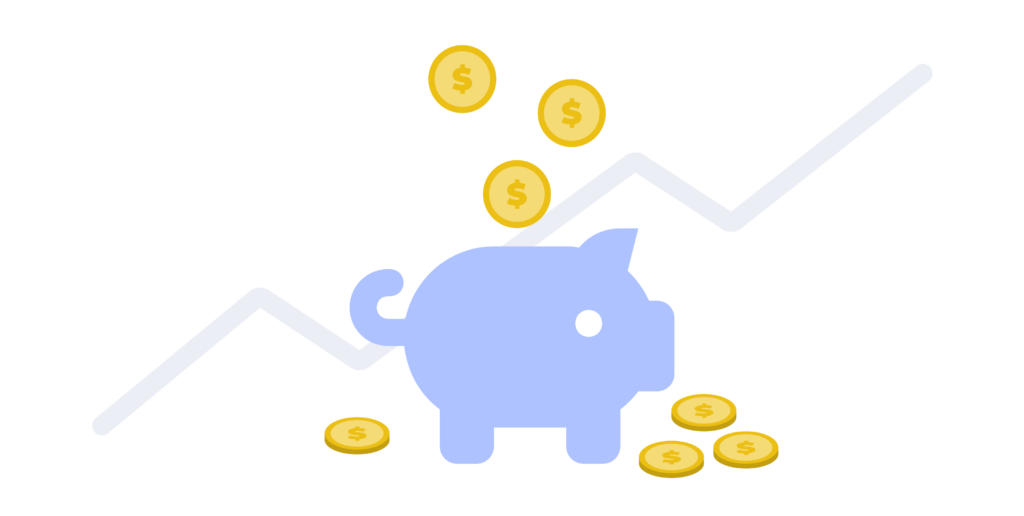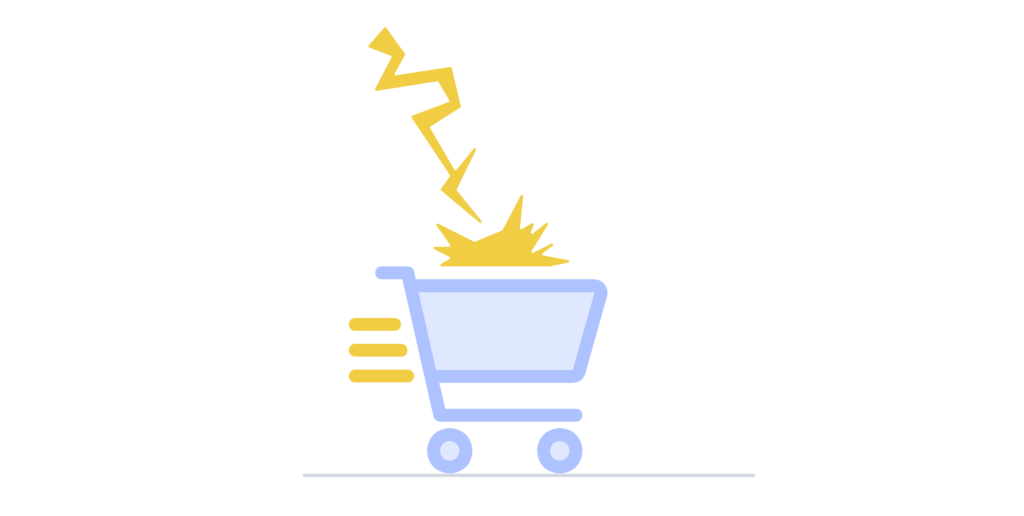
Get Started
Graphite's supplier management tool helps you onboard faster, cut time on risk reviews and streamline supplier validations. Save time and money.
December 20 2023
Mastering Key Procurement Metrics That Matter Most to Business Leaders
Which key procurement metrics truly count when gauging procurement effectiveness? In this e-book, procurement experts Larry Wood from The Simms Group and Conrad Smith, CEO of Graphite Connect, delve into the critical metrics that matter to executive leaders and how you can better align them to showcase your value.
According to Larry, the CFO and other top executives focus on three key areas: cost savings, employee productivity, and speed to market. These three pillars encompass a range of key procurement metrics, and their significance may vary depending on your unique business cycle and strategic goals.
Cost Savings

The first crucial pillar is cost savings. But here’s the catch—the definition of cost savings can vary widely. That’s why nailing down a shared understanding of how these savings are calculated and defined across your organization is essential.
What is cost savings versus cost avoidance?
Larry advises, “Get your finance person involved to help determine your definition of cost savings because there are so many use cases you have to think through — ‘is that a real number or not?’” Often, it’s a fusion of both cost savings and cost avoidance.
Take a software deal as an example: if you pay less for software licenses in your current purchase price, but buy more licenses than the previous deal, is it cost savings or cost avoidance? The answer lies in understanding the nuances of each. Implementing a measure to compare the total expense of the contract, including both license purchase price and quantity, can clarify whether it’s a case of cost savings or avoidance.
Generally, savings are when you drive down the cost from what you paid before. Cost avoidance occurs when you leverage intangible benefits to either save money or avoid additional expenses. For instance, getting free training with a software purchase you would have paid for otherwise is considered cost avoidance.
Hard Savings vs Soft Savings: What’s the difference?
It’s also crucial to differentiate between two categories: hard savings and soft savings. Hard cost savings are tangible, measurable cost reductions that directly impact your organization’s bottom line. These direct savings are often associated with negotiated price reductions, improved supplier terms, and process efficiencies.
Hard savings boost financial impact
For example, if your company negotiates with a supplier for a 10% discount, the resulting cost reduction represent hard cost savings. This clear and measurable expense reduction directly impacts your organization’s spending and will directly affect your bottom line.
Buying items in larger quantities to take advantage of volume discounts is another form of hard vs soft savings. If your company purchases office supplies in bulk and saves 15% compared to buying them individually, the cost reduction is considered hard savings.
Examples of hard savings:
Reduction in costs: Directly negotiating lower prices for goods or services compared to previous costs.
Volume discounts: Savings achieved by buying in bulk.
Substitution savings: Savings achieved by replacing a product or service with a more cost-effective alternative without sacrificing quality or functionality.
Efficiency gains: Savings from process improvements that reduce waste or enhance efficiency, leading to lower operational costs.
Soft savings elevate value
Soft savings, on the other hand, are more indirect and may not have an immediate financial impact, but they still contribute positively to your organization’s overall savings. Soft savings are often the indirect savings associated with process improvements, increased efficiency, and risk mitigation.
For example, implementing an automated procurement system that streamlines your purchasing process, reduces manual work, and speeds up purchasing approvals can improve efficiency. While this may not have an immediate dollar impact, it can free up employees’ time for more strategic tasks, increase efficiency, and contribute to long-term operational improvement.
Establishing strong relationships with key suppliers might not result in immediate cost reductions, but it can lead to better collaboration and more favorable supplier contract terms in the future. These are all considered soft savings.
Examples of soft savings
Improved quality: Higher quality goods or services may cost more initially but can lead to reduced waste, fewer defects, or less rework, saving money over time.
Stronger supplier relationships: Forging stronger relationships with suppliers can lead to benefits like more contracts, better service, priority support, or access to innovations, which indirectly contribute to cost savings or operational efficiency.
Risk mitigation: Actions taken to reduce potential risks (like supply chain disruptions) can avoid future costs, but these avoided costs are often not reflected immediately in financial metrics.
Increased efficiency: Streamlining procurement processes or implementing new technologies can lead to time savings and increased efficiency, indirectly saving organizations money.
Employee satisfaction: Improvements in procurement processes that make employees’ jobs easier or more satisfying can lead to indirect cost savings through increased retention and reduced turnover costs.
Sometimes, the line between hard savings and soft savings can be blurry. For instance, a process improvement that initially falls under soft savings could eventually lead to hard savings as the benefits materialize over time. Both types of hard savings and soft savings are important to consider, as they contribute to your company’s overall operational health and profitability.
Balancing hard savings with soft savings for sustainable improvement
Navigating the intricate relationship between hard and soft savings is crucial for sustainable growth. Hard savings, with their immediate and quantifiable return on investment, often take center stage in projects. These savings concentrate on streamlining processes, waste reduction, and cost-cutting measures. However, by focusing solely on hard savings, you might miss out on the broader benefits.
In contrast, soft savings play a pivotal role in complementing hard savings. Factors like enhanced morale and heightened customer satisfaction might not be immediately reflected in financial statements, but they contribute significantly to long-term efficiency and profit gains. Acknowledging and cultivating these soft savings is vital for the endurance and effectiveness of your lean initiatives.
Effective strategies include:
- Setting clear goals: Establishing distinct objectives and Key Performance Indicators (KPIs) that capture both hard and soft metrics ensures alignment with the organization’s dual aims of immediate cost reduction and long-term value enhancement.
- Continuous measurement and improvement: Lean initiatives are ongoing endeavors requiring constant evaluation. Monitoring both hard and soft savings enables organizations to refine strategies for maximum benefit.
- Cultivating a progressive culture: Encouraging continuous improvement and employee engagement is essential for harnessing soft savings. A workforce that feels valued and involved is more inclined towards innovation and customer satisfaction, fostering lasting organizational success.
Navigating diverse perspectives on cost savings
The complexity of cost savings can lead to different interpretations among teams. The CFO and finance team may concentrate on spend and run rates, which impact a company’s balance sheet, profit and cash flow directly. In contrast, procurement sees savings as a measure of value added to the deal.
“In procurement, my goal with my team is to talk about cost savings in the context of value-added. What value did you bring to this deal?” says Conrad. “So I would look at metrics generally differently than how finance is going to look at them.”
Both perspectives are valid in their own way. In the end, understanding the many nuances of cost savings helps everyone in the organization make more informed decisions, lower costs, and effectively manage finances.
Aligning cost with business needs
Let’s be honest. Simply cutting costs may not always lead to the kind of success you want for your company. You might come across suppliers that seem budget-friendly at first glance, but if their actions hurt another team’s budget, that won’t cut it.
You must go beyond surface-level savings and dig deeper into savings strategies that align with your organization’s objectives. Sustainable growth and improved outcomes should be the name of the game. You want to ensure your cost-cutting measures don’t have unintended consequences that end up biting you later.
This means understanding the broader implications of cost-cutting measures and ensuring that they contribute to your business’s overall health and profitability.
Employee Productivity

This brings us to the second key metric pillar that your COO has a keen eye on: employee productivity. Burdening employees with complex processes is not the path to achieving optimal outcomes. That’s why making it easy for employees to get what they need is important.
Investing in your procurement systems and streamlining processes can reduce frustrations associated with cumbersome procedures. And, it prevents employees from resorting to makeshift solutions that often fall short.
Larry shares an example from his past experience where the supplier was required to answer many questions about data security. It was up to the requestor to ensure the supplier completed this task, creating an inefficient and tedious process that could have been improved for both parties. That’s why finding the right balance between keeping your organization safe and maintaining operational efficiency is essential.
The third metric pillar that CFOs care about is a subvariant measure of employee efficiency—speed to market.
Speed to Market

While cost savings are a big deal, there are moments when being quick off the mark, innovative with new software, and supporting crucial projects is what it’s all about. And guess what? CFOs are really paying attention to this.
Speed to market ensures that your goods and services are ready to go when the stage is set. But to nail this metric, your procurement team has to be in sync with the company’s overall strategy. You’ve got to be all hands on deck.
But it’s not just about checking off items on a list. It’s about forging strong bonds with other teams and collaborating to ensure everything flows seamlessly. This means partnering up with stakeholders and all working together to ensure the company’s big picture is in focus.
Speed to market isn’t just about moving quickly—it’s about moving strategically. By aligning your procurement strategies with the company’s grand plan, you’re helping to steer your organization toward new opportunities while staying ahead of the curve.
Line Up Key Procurement Metrics with Company Goals
Understanding what drives success for businesses in each department and thinking innovatively beyond traditional approaches enables procurement to become a strategic partner rather than just an order-taker. By embracing these principles and aligning key procurement metrics and resources with your organization’s unique goals, your procurement team can genuinely contribute to the overall success and prosperity of the business.
Less Work Leads to Better Spend Management
Efficient spend management is crucial. Graphite Connect revolutionizes key procurement metrics that address the core challenges faced by many organizations: cost savings, employee efficiency, and speed to market. Slow and cumbersome procurement processes often lead to frustration and uncontrolled spending.
Our accelerated onboarding experience ensures that your team can quickly adapt to and integrate our system, reducing downtime and enhancing productivity. The centralized intake portal simplifies the procurement process, allowing for better management and tracking of expenses, which directly contributes to cost savings. Moreover, our customizable purchasing workflows are designed to keep pace with your business needs, ensuring that procurement doesn’t become a bottleneck but rather a facilitator of speed to market.
By centralizing spend and empowering teams with efficient tools, Graphite Connect not only strengthens stakeholder relationships but also ensures a tight grip on spend management, all without sacrificing control or agility.
Ready to Transform Your Procurement Process?
Explore how Graphite can help you collaborate more effectively with your partners and suppliers to create meaningful metrics that achieve shared objectives and drive business success.
Request a Demo